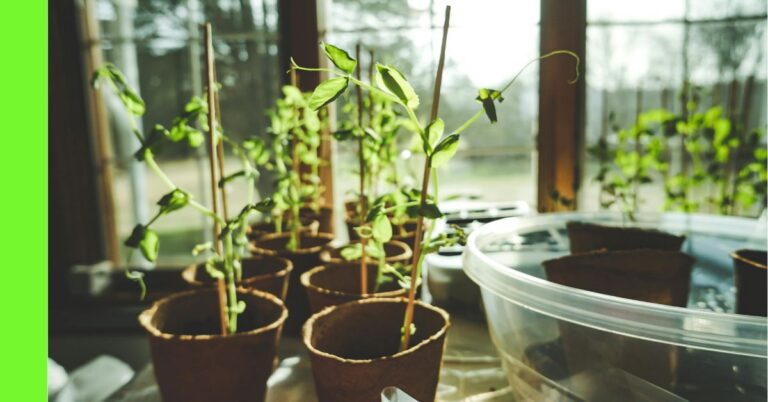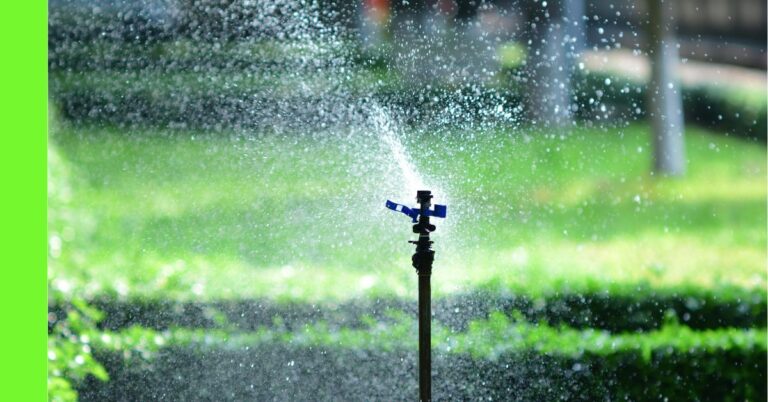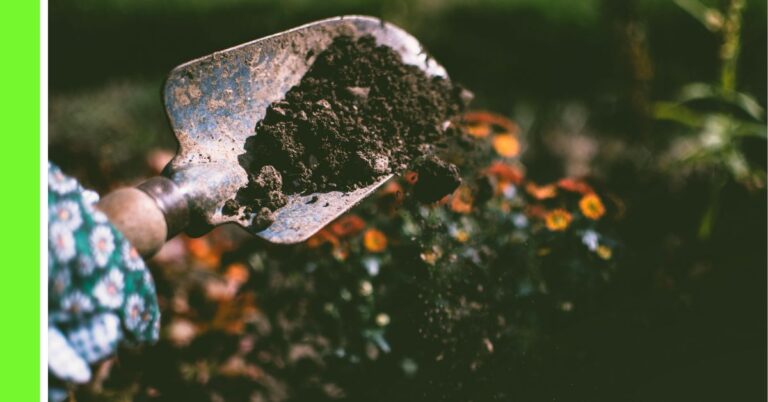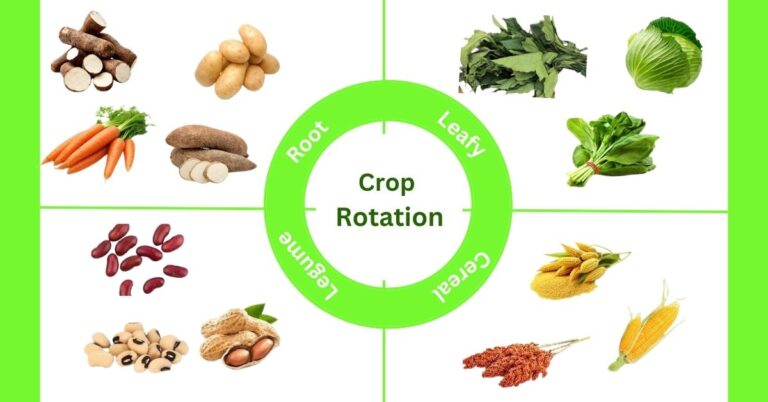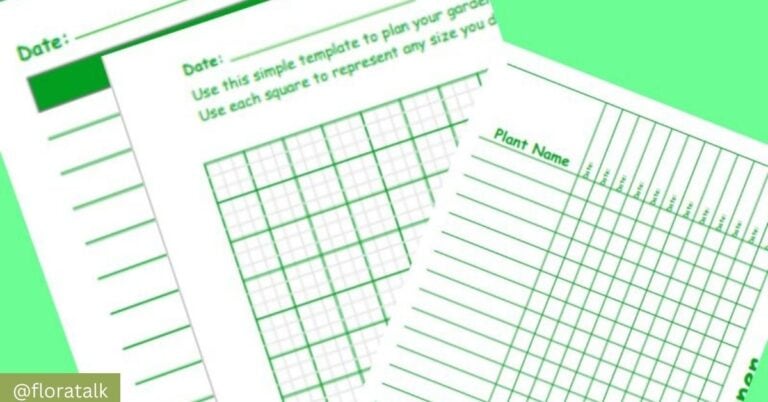Plants You Can Grow In Containers
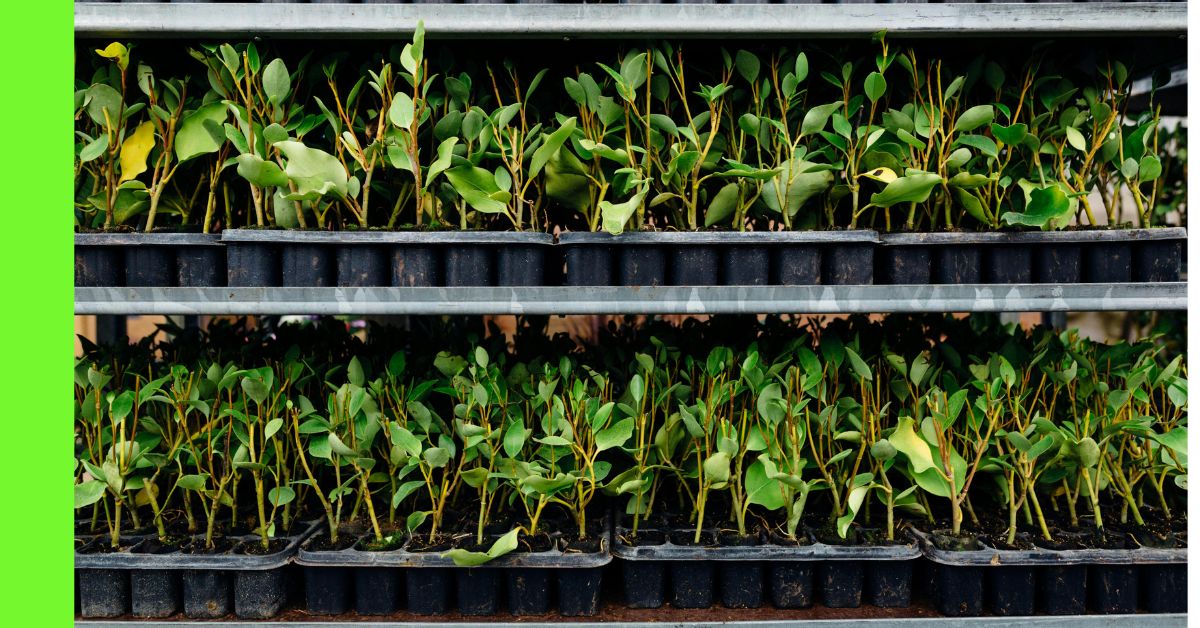
Container gardening is a flexible and rewarding way to grow plants, especially for those with limited space or challenging soil conditions.
Whether working with a balcony, patio, windowsill, or small backyard, containers allow you to enjoy the beauty and benefits of plants without needing a full-scale garden.
But with thousands of plants available, which plants can we grow in a container?
In this article, we’ll be looking at some crops that can be grown in containers.
What Makes a Plant Ideal for Container Gardening?
Before diving into the plant for container gardening, it’s helpful to understand the characteristics that make a plant suitable for container growth:
- Compact size or manageable growth habit
- Shallow or non-invasive root systems
- Tolerance to container conditions (limited soil, irregular watering)
- Visual appeal or productivity (flowers, fruits, or foliage)
- Adaptability to microclimates and indoor/outdoor transitions
Examples of Crops You Can Plant In a Container
Leafy Vegetables & Herbs
- Ugu (Fluted Pumpkin)
- Container Size: 20–30 litres
- Tips: Needs staking; prefers well-drained, fertile soil.
- Container Size: 20–30 litres
- Water Leaf
- Container Size: 10–15 litres
- Tips: Keep soil moist; partial shade preferred.
- Container Size: 10–15 litres
- Scent Leaf (Ocimum gratissimum)
- Container Size: 10–15 litres
- Variety: Nigerian native scent leaf
- Tips: Prune regularly to encourage bushy growth.
- Container Size: 10–15 litres
- Spinach
- Container Size: 10–15 litres
- Variety: Local green types
- Tips: Requires regular watering and sun.
- Container Size: 10–15 litres
- Green (Amaranth)
- Container Size: 10–15 litres
- Variety: Amaranthus hybridus
- Tips: Harvest young leaves frequently to encourage new growth.
- Container Size: 10–15 litres
- Ewedu (Jute Leaf)
- Container Size: 10 litres
- Variety: Local variety
- Tips: Needs warm weather and frequent watering.
- Container Size: 10 litres
- Utazi
- Container Size: 15–20 litres
- Variety: Gongronema latifolium
- Tips: Climber; provide support; partial shade preferred.
- Container Size: 15–20 litres
- Uziza
- Container Size: 15–20 litres
- Variety: Piper guineense
- Tips: Grows well with vertical support; water regularly.
- Container Size: 15–20 litres
- Curry Leaf
- Container Size: 20 litres
- Tips: Needs lots of sunlight and warmth.
- Container Size: 20 litres
- Lagos Spinach (Celosia argentea)
- Container Size: 10–15 litres
- Variety: Soko (Yoruba name)
- Tips: Thrives in full sun with moist, fertile soil.
- Container Size: 10–15 litres
- Lettuce
- Container Size: 10 litres
- Tips: Prefers cooler temperatures; partial shade is ideal in hot climates.
- Container Size: 10 litres
Roots & Bulbs
- Ginger
- Container Size: 20 litres, wide, not deep
- Tips: Keep moist; partial shade preferred.
- Turmeric
- Container Size: 20 litres
- Tips: Needs warmth and steady watering.
- Onion
- Container Size: 10 litres (shallow)
- Variety: Red or white bulb types
- Tips: Good drainage; allow bulbs to swell above the soil.
- Garlic
- Container Size: 10 litres
- Tips: Needs a cold period to form bulbs well.
- Yam
- Container Size: 50–60 litres
- Variety: White or yellow yam
- Tips: Requires staking and deep, loose soil.
- Irish Potato
- Container Size: 40–50 litres
- Tips: Hill up the soil as it grows.
- Sweet Potato
- Container Size: 40 litres
- Variety: Local variety
- Tips: Needs plenty of sun and loose, sandy soil.
- Air Potato
- Container Size: 40 litres
- Tips: Provide vertical support; tubers grow on vines.
- Three-leaved Yam (Dioscorea dumentorum)
- Container Size: 50 litres
- Tips: Similar to regular yam; ensure good drainage.
Fruits
- Tomato
- Container Size: 15–20 litres
- Tips: Needs staking; full sun; frequent watering.
- Pepper
- Container Size: 15 litres
- Variety: Scotch bonnet, bell pepper
- Tips: Full sun; protect from pests.
- Garden Egg
- Container Size: 15–20 litres
- Tips: Needs regular pruning and sun.
- Watermelon
- Container Size: 60 litres or grow bag
- Variety: Sugar Baby, Crimson Sweet
- Tips: Choose dwarf varieties; provide space to sprawl.
- Strawberry
- Container Size: 10 litres, shallow
- Variety: Chandler, Sweet Charlie
- Tips: Mulch well; water consistently.
- Star Fruit (Carambola)
- Container Size: 60 litres
- Variety: Dwarf types
- Tips: Needs full sun and rich soil.
- Cherry
- Container Size: 60–100 litres
- Variety: Dwarf cherry tree
- Tips: Needs a chilling period and sunlight.
- Pawpaw (Papaya)
- Container Size: 60 litres
- Variety: Dwarf Solo, Red Lady
- Tips: Needs full sun; ensure drainage.
- Pineapple
- Container Size: 15–20 litres
- Variety: Smooth Cayenne
- Tips: Well-draining soil; takes time to fruit.
- Banana
- Container Size: 80–100 litres
- Variety: Dwarf Cavendish
- Tips: Needs lots of water and sun.
- Coconut
- Container Size: 100 litres
- Variety: Dwarf coconut
- Tips: Needs sandy, well-drained soil and warmth.
Tips for Successful Container Gardening
To get the most from your container gardening efforts, keep these pro tips in mind:
Choose the Right Container
Select containers based on the plant’s root depth. For example, Tomatoes need deep pots (at least 12–18 inches), while lettuce can grow in shallower ones.
Ensure Proper Drainage
Always use containers with drainage holes. Add a layer of gravel or broken pottery at the bottom if necessary to prevent waterlogging.
Use Lightweight Potting Mix
Avoid using heavy garden soil in containers. A lightweight, well-aerated potting mix promotes healthier roots and better growth.
Group Plants Based on Needs
Group plants with similar water, sunlight, and soil requirements to simplify care and reduce the risk of overwatering or nutrient imbalance.
Rotate and Replenish
Rotate plant varieties each season to avoid pest buildup and soil depletion. Add compost or slow-release fertiliser before replanting.
Monitor Regularly
Check for signs of stress, pests, or disease. Early detection and prompt action are key to maintaining a healthy container garden.
Hope this article was helpful.

